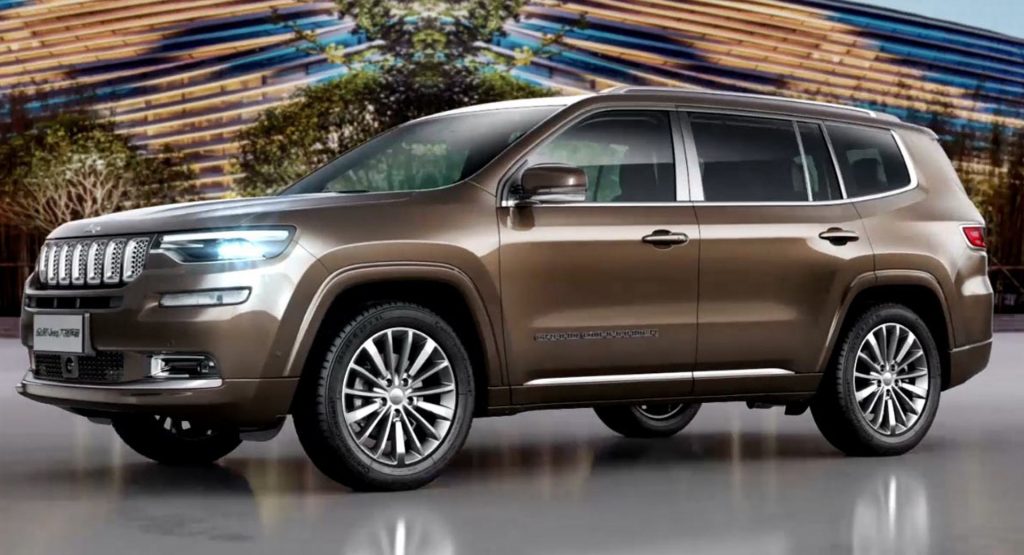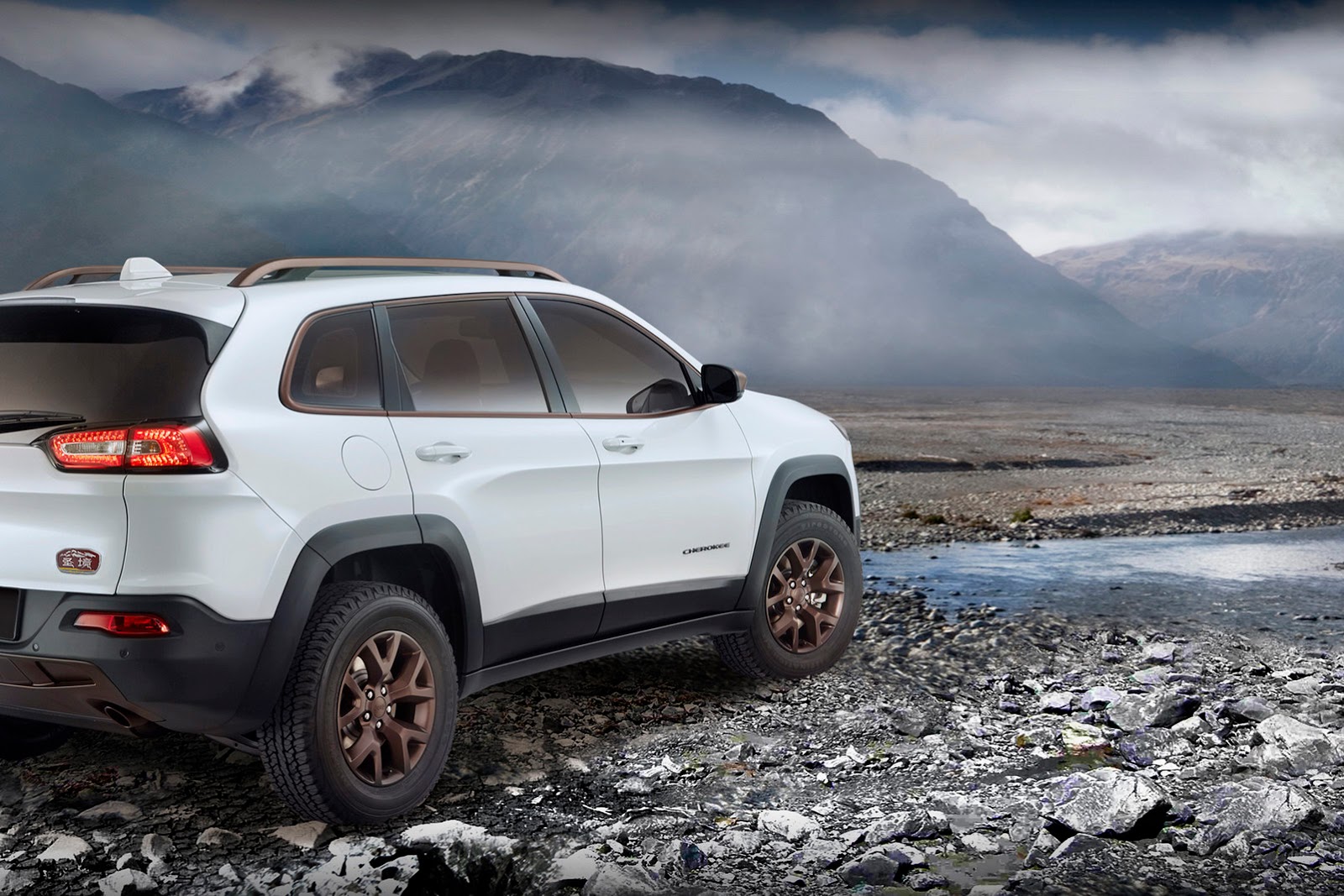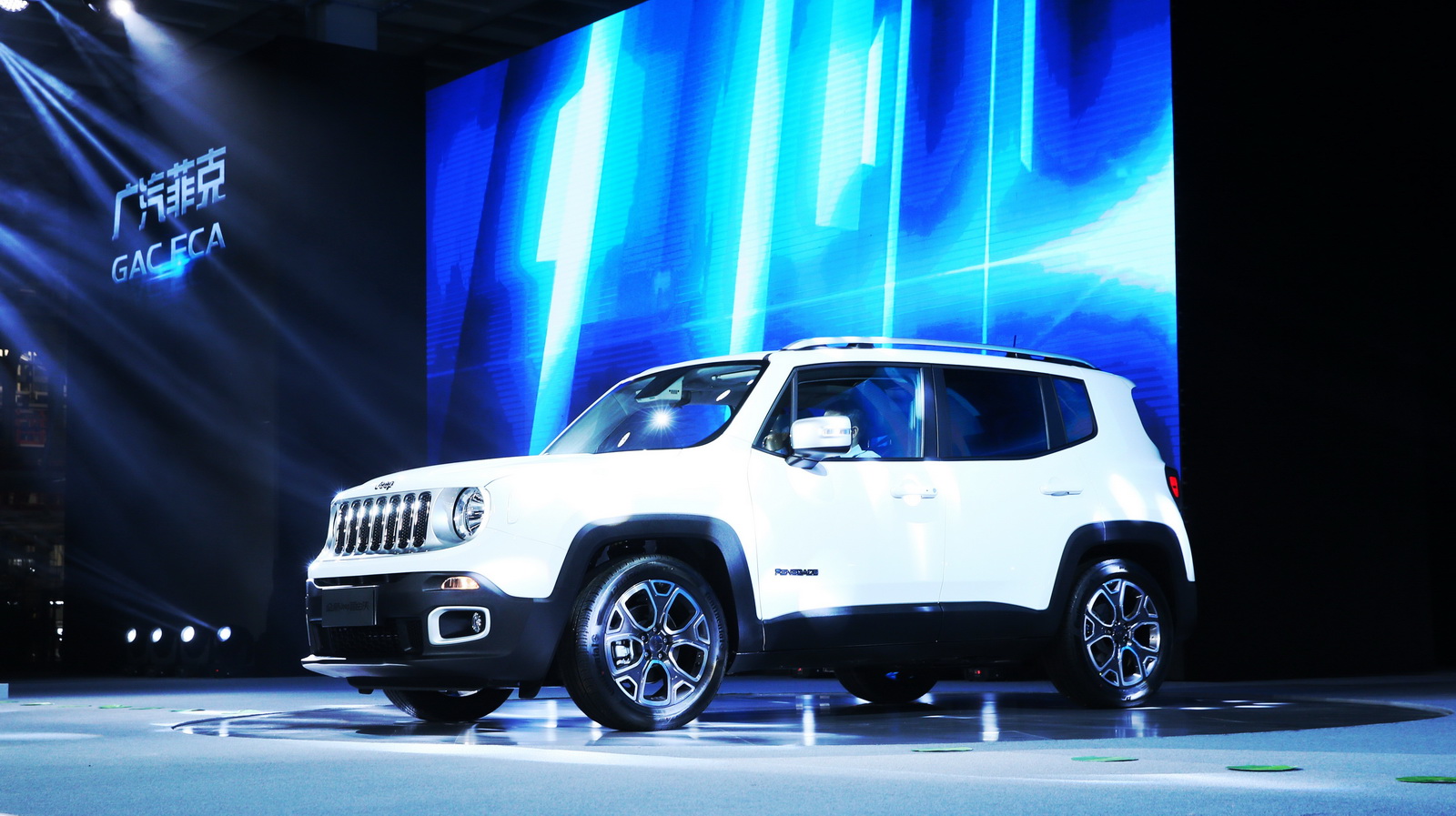Recent news of Stellantis closing its only operating Jeep production facility in China surprised the automotive world just days ago. While the automaker will continue to sell Jeep products in the country, the shift to an import-only model is telling. It could very well mark the end of the joint-venture era as automakers know it in China, the world’s largest market.
Joint ventures were initially intended to help Chinese companies get into the automotive market faster than they could on their own. For Stellantis, its involvement started more than a decade ago in 2010 when it paired up with Chinese company Guangzhou Automobile Group Co. (GAC). Last year, Stellantis closed one of the factories it operated as part of the deal and now, the only one left produces Peugeot products. That plant isn’t exactly soaring either.
Michael Dunne, chief executive officer of ZoZo Go, a consultancy that advises companies on how to navigate the nation’s auto industry told Bloomberg that this wasn’t just a case of a single company making a single decision about a single product line. “You can feel the momentum has shifted in favor of Chinese brands… The government is talking about self-sufficiency, nationalism, depend on ourselves. Chinese consumers say, ‘I can get pretty good car now from Chinese brands.’”
Read More: Bestune B70S Black Warrior Edition Is China’s Stealthiest SUV
That attitude isn’t all that surprising either considering all of the domestic competition popping up in the republic. Geely, Dongfeng, Sehol, and more companies are actively releasing new and innovative concepts and products to the market. At the beginning of the month, BYD overtook Tesla as the global leader in new energy vehicle (NEV) sales.
Tesla itself seems to be doing fine despite production slowdowns in the region but other mainstream automakers aren’t doing as well. Legacy brands like Volkswagen and General Motors are considered “the powerhouses of yesterday” by Dunne. For its part, Jeep still plans to grow over the rest of the decade in China despite its production facility closure.
Last year the company made $3.97 billion (€3.9 billion) combined between its Asian-Pacific, Chinese, and Indian regions. It wants to make $20.3 billion (€20 billion) by the end of the decade. It’ll certainly have to crack more than just 0.6 percent of the market (like it did last year) to accomplish that goal.






